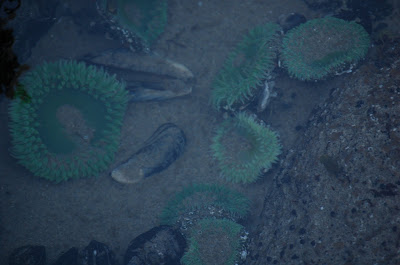There are two types of fiber. Soluble and insoluble, but neither have much to do with your stomach. Fiber as a whole is plant parts, no more no less. Plants are made of long carbon chains, which our human bodies cannot break down into food parts. Though many other animals can break down fiber into usable energy, but that is because they have the proper stomach bugs. Animals like cows (because of the ruminant bacteria in their stomachs) and termites (also thanks to the bacteria in their gut) can make food out of fiber, but that’s a whole other conversation. Today we are sticking with people.
Soluble fiber changes is a spongy like substance in our stomachs and holds onto food parts which are then passed into our intestines. While the fiber absorbs water it mixed with food and creates a jelly like substance that slowly moves through the intestines. Our intestinal walls are made up of small finger like protrusions called intestinal villus. These little projections increase the surface area of our intestines and allow for more food to be absorbed and well as helping to move food and fiber (and dead bacteria) through to our colon. As the villi (plural of villus) move all this stuff through they are finding food bits to absorb for energy creating a slow release of metabolic energy which helps keep your blood sugar and energy levels even. Quite brilliant right?!
So while soluble fiber is sponging up food bits and helping to control your metabolic energy, insoluble fiber is acting like a broom. When a person eats things like fat and sugars and various processed foods spider web like blockages can begin to form in the intestines over time. Insoluble fiber can absorb many times its own weight in water. Which creates a large flexible mass that passes through your intestines and colon picking up any bits of left over junk clogging up the path. It literally sweeps the path clean as it goes.
How do you get this incredible cleaner-outer?! Eat plants of course. Lots of them. Plants have a funny way of being pretty complete sources of nutrition and bodily needs. Fruits like plums and prunes have a thick skin covering a juicy pulp. The skin is insoluble fiber (broom) and the pulp is the soluble fiber (sponge). Other plants like legumes and whole grains are both fiber and protein, which creates a super packed slow release energy meal that helps protect your blood sugar levels. Nuts and seeds are both soluble and insoluble fiber as well as protein source. And veggies such as broccoli, carrots, green beans, celery, leafy greens, etc are packed with both types of fiber, as well as a whole host of important vitamins and minerals. Fruits too, don’t forget the fruits.
The importance of all of this is riding your body of toxins. Dead bacteria, fats, and processed foods that cannot be digested properly or cause allergic reactions are all toxic and create irritation to your villi. When they get fried you no longer absorb nutrients, which means lower energy and missing nutrition that could otherwise properly power your bodily functions. The longer these irritants sit in your system the more build up is created and sooner or later you may be staring colon cancer in the face.

















































